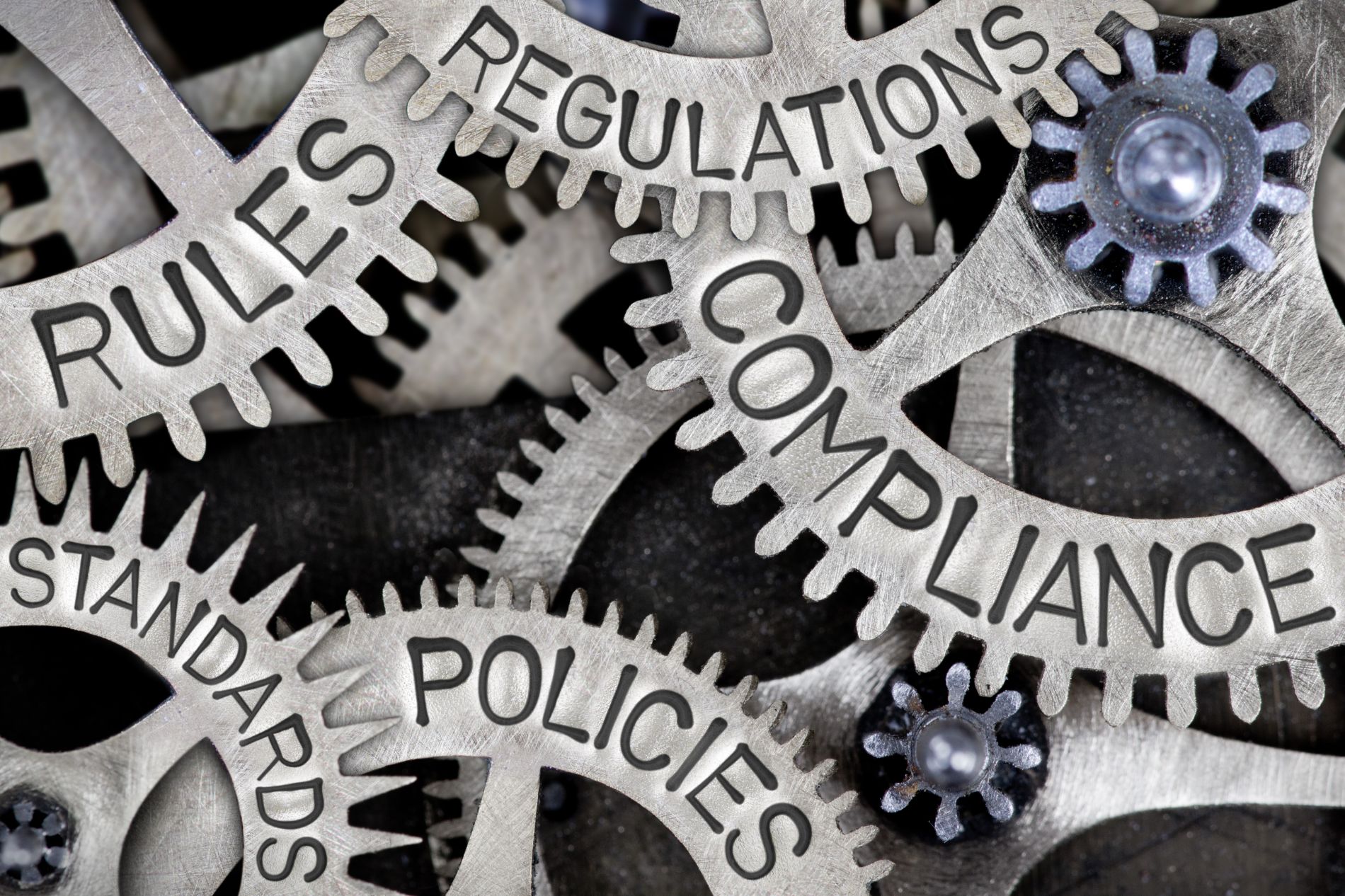As a recipient of a Paycheck Protection Program loan, we want to remind you of program rules— especially in relation to maximizing loan forgiveness. Regulations and guidance from the government have evolved and we will continue to keep you updated on changes moving forward.
General rules
Borrowers are eligible for loan forgiveness equal to the amount the borrower spent during the eight-week period—beginning from the date you received loan funds. Also, not more than 25% of the forgiven amount may be used for non-payroll costs.
The following items qualify for loan forgiveness:
- Payroll costs, including benefits.
- Interest on mortgage obligations incurred before February 15, 2020.
- Rent under lease agreements in force before February 15, 2020.
- Utility costs—including electricity, gas, water, transportation, telephone and internet.
To maximize loan forgiveness, keep a few critical items in mind
The Paycheck Protection Program is intended to help businesses maintain employees. Therefore, using the PPP loan for payroll purposes, first and foremost, is the best way to help ensure maximum loan forgiveness.
The following items can reduce your loan forgiveness:
- Reduction of full-time equivalent employees.
- Reduction of more than 25% of wages to individual employees.
- If less than 75% of qualified expenses during the eight-week period were not used
for payroll costs.
NOTE: If you received an EIDL Advance, that amount will reduce loan forgiveness.
To maximize loan forgiveness, consider the following:
- If you laid off employees or reduced employee salaries after February 15, 2020 and before April 26, 2020, rehire employees or increase their salaries if possible. You have until June 30, 2020 to restore full-time equivalent employees and salary levels for changes made between February 15 and April 26, 2020.
- Other than payroll, ensure that you allocate loan funds to qualifying expenses, including rent, mortgage interest and utilities (although these expenses do not support full forgiveness).
NOTE: We recommend that if you extend an offer to rehire an employee, do so in writing. In the event the person chooses to not return to work, you now have documentation that the offer was made and the employee declined it. This protects you from being penalized for not re-hiring.
The importance of recordkeeping
Ensure that you follow the specific guidelines provided by your lender in relation to documentation. You will be asked to provide documentation when it comes time to determine the amount of loan forgiveness. Maintain detailed records of loan spending, especially on payroll costs. Also, be sure to record other qualifying expenses like rent and utilities. We are helping many of you with this and will continue to communicate directly with you. Please forward any updates from your lender promptly as they are received. This will help expedite the forgiveness process.
Next steps
As you approach the end of your eight-week loan period, lenders will collect documentation in order to calculate your forgiveness amount. Lenders have 60 days to make a determination on the amount of loan forgiveness.
Any amount that is not forgiven must be repaid like a normal loan. While interest begins accruing immediately (at the 1.0% rate), the first loan payment is not due for six months after the loan originated. The outstanding amount must be repaid within two years.
Prepayments are allowed if it’s determined that a portion of the loan must be repaid.
Again – We are here to help
Please reach out and let us know how we can help you. Stay safe.











